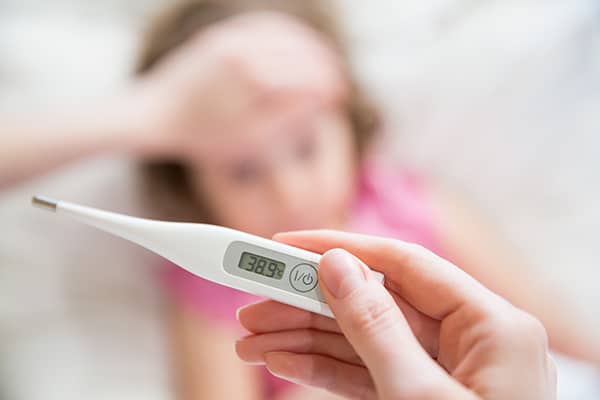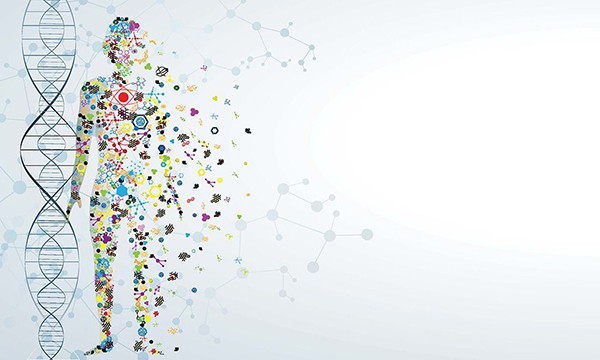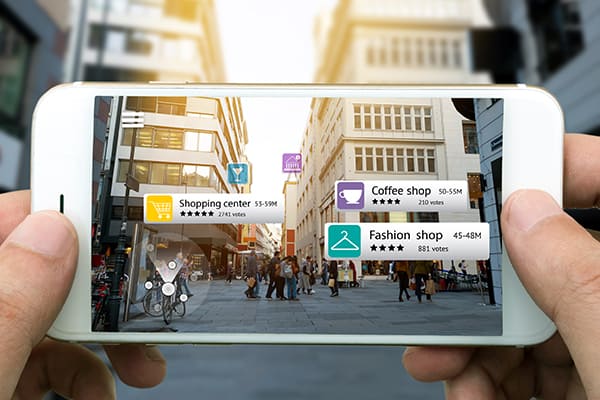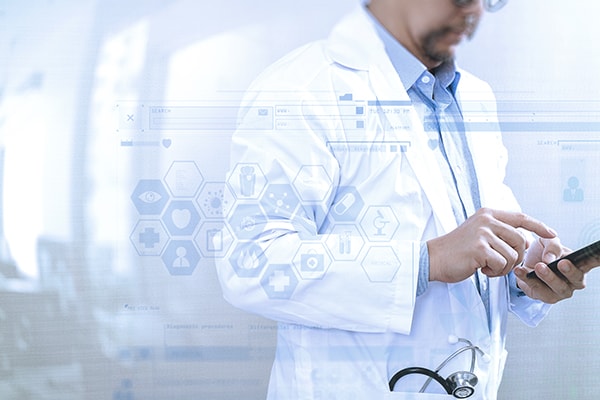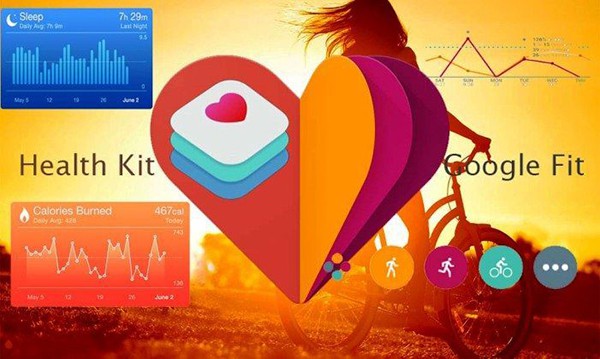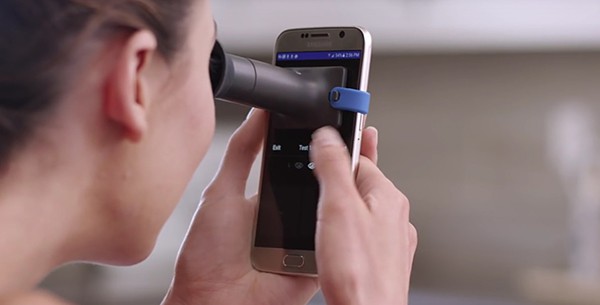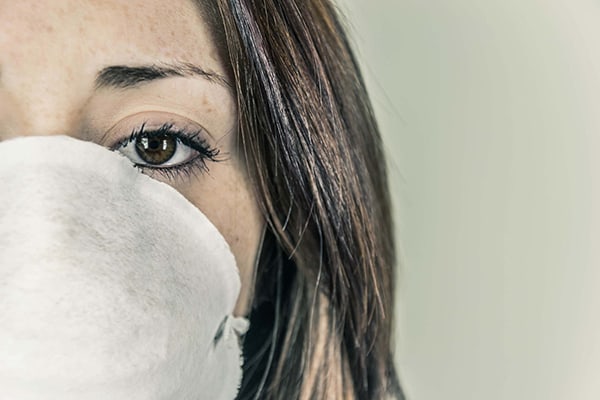Top Ten Powerful Consumer Experience Trends Disrupting Consumer Healthcare: Part II
The Digital Health Summit at 2018 CES is right around the corner, so before we head to Vegas for the exposition January 9-12, we’ve been looking at the consumer experience in healthcare and the role of technology in advancing the consumer side of health. (And it’s a pretty significant one: the digital health sector is expecting to grow to grow to around $235 billion by 2019.)
In the first part of this two-part series on exploring the trends in the healthcare consumer experience, we focused on four areas of product development ripe with opportunity for further innovation — wearables technology, emotional wellness, sleep tech and maternal tech — and an overarching movement impacting them all: consumer empowerment. Here, in part two, we’re adding five more trends that have registered on our radar. Keep your eyes out for new emerging technologies, products and services that fall under these categories at CES 2018.
6. PERSONALIZATION
The idea of ‘Personalization” and its ability to give consumers more relevant, rewarding experiences has been a growing trend across many industries. The numbers are significant, and a recent Boston Consulting Group (BCG) study reports that over the next five years, personalization across three sectors — retail, financial services, and healthcare — will result in a revenue shift of some $800 billion to the 15 percent of companies that “get it right.” Getting it right? That will require an in-depth consumer awareness, and technology has a vital role to play in helping organizations to understand their customers intimately.
Precision Medicine
Healthcare facilities that have embraced going digital and adopted electronic health record systems have taken the first step toward personalization and elevating the overall consumer experience, but the next step —precision medicine — is what stands to revolutionize patient care. Precision medicine uses stored health and lifestyle data (think demographics, environment, health history, but also genetic information) to diagnose and treat a disease based on a patient’s make-up. Imagine a scenario, for example, where a doctor can access a database of thousands of patients in search of a genomic match to one of his own. Once found, the physician could tailor a treatment plan based on the context of biological sameness, or differences. The rise of personalization can serve to impact drug dosages, and help us move past the current reactive approach to care, to predict — and prevent — future illness. The bottom line is that the more information about a patient we can capture and bring together, the more a complete view we can have for insight into how to deliver their care and a better consumer experience. Digital analytics will empower us to look at many more factors in a patients’ charts than just the private peek physicians get to see during checkups.
Obstacles and Opportunity
There are some hurdles companies are facing before we’ll see the full potential of this kind of personalization come to fruition. The most significant barrier might be the sheer amount of data, and the industry-wide struggle to aggregate it, share it and make sense of it. One of the ways tech is helping is by enhancing data with visuals that organize information into a format that’s easier to understand and interpret. With data visualization that displays patient information, physicians can compare demographics, symptoms, statistics and test results to aid in their diagnoses. But as the personalized healthcare revolution is underway, we hope to see personalization efforts extend beyond the doctor’s office, too. One product development on the horizon: 3-D printers that create pills customized for dosage and personal biology.
7. AUGMENTED & VIRTUAL REALITY
Now let’s talk about a different sort of visualization: Augmented Reality (AR) and Virtual Reality (VR). A slew of VR headsets was on the exposition floor at CES 2017, and VR, along with AR, will once again be a big focus at CES 2018. To date, much of AR and VR has revolved around gaming, but that’s changing, and we finally expect to see these technologies enter the healthcare realm. In fact, the global augmented reality and virtual reality healthcare markets are expected to reach $5.1 billion by 2025.
A Better View
Technology is now used for a variety of applications, including surgical simulations, diagnostic imaging, rehabilitation, and patient care management. It’s become a great tool when training medical professionals, providing them an enhanced understanding of human anatomy, as well as in complicated surgeries that require precision. But we also see these technologies used to aid in seemingly simple, everyday procedures — like drawing blood.
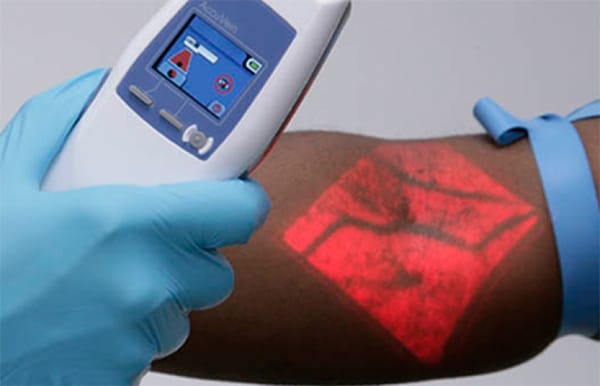
Accuvein, an augmented reality device, applies infrared light to display a map of the patient’s peripheral veins on the skin’s surface, helping clinicians locate veins for administering injections, taking blood samples and other vascular access procedures. That means no more unnecessary needle-sticks and additional discomfort from missed veins, a relief for patients typically challenging for venipuncture: the elderly, children, obese people, critical care patients, drug abusers and needle-phobic patients.
Envisioning the Future
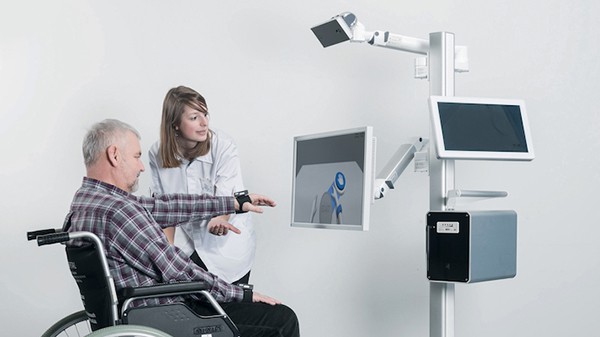
Another company who is firmly focused on the consumer experience is MindMaze, a company who is using virtual reality to aid in stroke recovery. With its MindMotion Pro platform, it reactivates damaged neural pathways and activates new ones. For stroke victims who have lost the use of the left hand but retain use of the right, for example, it uses 3D motion-tracking cameras to capture movements of the right and projects a VR depiction of the left, essentially tricking the brain into recovering the motor function of the other hand. Launched in Europe in 2013, it just got FDA clearance this year and raised $100 million in funding in February. One recent investor: Leonardo DiCaprio. As for 2018? We expect to see AR and VR move into the fitness and wellness category as the technologies begin to turn more mainstream.
8. OMNI-CHANNEL EXPERIENCE
The modern consumer interacts with brands through multiple channels and devices, and they expect a consistent, personalized and valuable experience at every touchpoint — website, app, phone, in person, what have you. In healthcare, this means providers need to think about the patient experience as a whole, including interaction with a facility before and aftercare, in addition to just during treatment. It’s a mindset shift that places equal weight on factors like convenience and payment processes as much as on clinical results when it comes to overall quality of care. Today, we may be able to make an appointment via an app or pay a bill online, but the healthcare industry is still struggling to adapt to the current omni-channel expectations of consumers. How many times have you had to explain the same medical issue over and over through different channels or to multiple caregivers? These types of disconnects are frustrating, and they have a corresponding negative impact on the consumer experience.
Addressing the Disconnect
The engagement problems come mostly from the data problem we talked about regarding personalization; in this case, it’s the struggle to leverage data across the patient journey. A fragmented technology infrastructure has resulted in data silos across hospitals and health systems, which makes it difficult even to understand consumer behaviors and preferences, let alone use them to enhance experiences across channels. The fact is that traditional databases aren’t providing a unified patient view, but consumer healthcare may be poised to help.
Apple’s HealthKit, for example, is assisting physicians to monitor patients with chronic conditions like diabetes and hypertension. It gathers data from patient-generated health information generated by connected sources (heart rate and exercise-tracking apps, Wi-fi connected scales and blood pressure monitors, etc.), which can then be sent to different doctors to view. It’s all about meeting the consumer where they are to deliver a more relevant consumer experience. CES 2018 will undoubtedly provide us with some new trajectories to how this may happen.
9. SELF-DIAGNOSIS
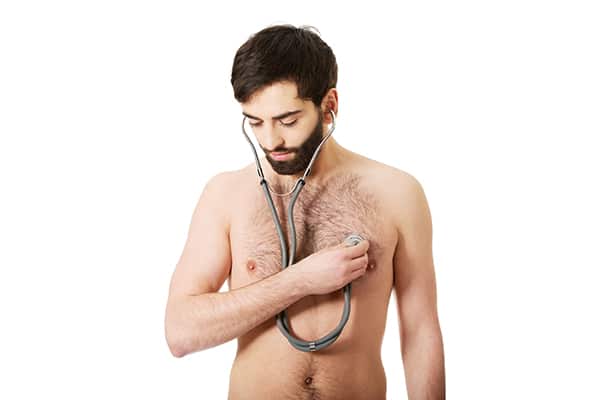
A growing do-it-yourself diagnose trend with at-home tests has the potential to replace some doctor visits and lab analyses; there are DIY tests for everything from lipid levels and impaired glucose to yeast infections and potential cancers, and they usually only require a urine sample or a drop of blood. Spurred by convenience and price (depending on the type, one can range from as little as $8 to as much as $175), the global market for such at-home health tests is estimated to reach $18.9 billion in 2017 (up from $14.7 billion in 2012).
Beyond WebMD…
EyeQue, named a CES 2017 Best of Innovation Awards Honoree for its Personal Vision Tracker, is just one of many companies innovating in this space. Its miniature optical scope uses pixel-powered tests to determine your refraction error and generate your EyeGlass Numbers. The results are processed, and your eyeglass prescription information is delivered via the connected app. And while some self-diagnosis product developments are not without controversy (concern about user error and inaccuracies that can lead to incorrect diagnoses abound), others see them as tools that can support health accessibility and promote awareness for conditions that often go undiagnosed.
The South African-based hearZA app, for example, seeks to encourage hearing health awareness. Developed by the University of Pretoria in partnership with Vodacom, the app uses a digit-triplets test to produce a hearing score. Those with a score indicating a hearing problem are linked to a nearby health provider based on geolocation.
Power to the People
Like we said in Part 1, people are being forced to carry a more significant financial responsibility for their care, so they’re also taking a greater role in their overall care. This DIY-testing trend supports this evolving consumer role in healthcare, and we’re sure to see more technology-driven self-diagnosis products at this year’s CES — keep an eye out!
10. DEMOCRATIZATION OF AIR
When it comes to factors that impact personal health, the emphasis is placed on things like diet and exercise, but some aspects of healthy living are less obvious — like air quality. Some 6 million deaths each year are associated with exposure to outdoor and indoor air pollution. Awareness of the gravity of air’s effect on our health is relatively low, so there hasn’t been a tremendous amount of innovation surrounding air quality, but there is a growing community that’s developing sensor-based air quality devices, and bringing more significant attention to this arena.
Air-Conscious
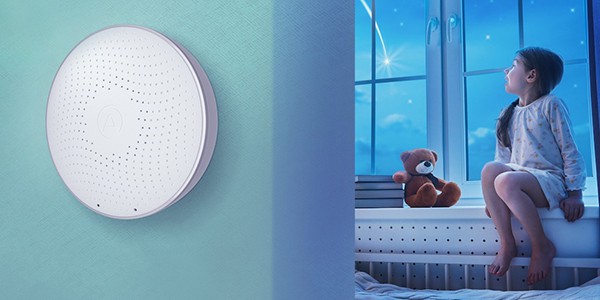
At last year’s CES, Norwegian company Airthings showcased Wave, its smart radon detector with an IoT-enabled sensor. Radon, a colorless, odorless, tasteless radioactive gas, is the second leading cause of lung cancer behind smoking, and it can seep into homes through foundation cracks and gaps around pipes or between floors. Wave uses a color LED ring to indicate your radon level; a coordinating app displays exact measurements. Other products, like Flow from Plume Labs, are being created to test air quality both at home and on the go, tracking things like particulate matter, nitrogen dioxide, ozone, and volatile organic compounds. And while it helps individual wearers seek cleaner air (it might suggest you skip outdoor exercise one day, for example), the data is also being collected and used aggregately to map areas of high pollution and track changes over time, helping cities identify polluters and analyze potential interventions.
A Collaborative Approach
The Environmental Defense Fund has even established the Air Sensor Workgroup, an organization with a goal of advancing this technology sector and providing infrastructural support to develop air quality data standards, centralize data storage, promote new product development and encourage communities to develop data-driven solutions to cleaner air. It points toward a future where the consumer can be more aware of, and responsive to, air quality, and we expect to see more personal air sensor products at CES2018.
Here’s to a Healthier Future.
All of these trends indicate a future for healthcare that is more mobile, convenient, integrated and accessible: aka relevant to the 21st century and the contemporary needs of its consumers. Medicine may be an ancient industry, and it may face different challenges than others, but digital health is undoubtedly poised to provide many solutions. We can’t wait to see what new product developments promise to revolutionize the healthcare system at CES2018!

